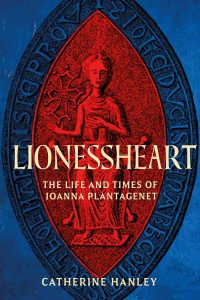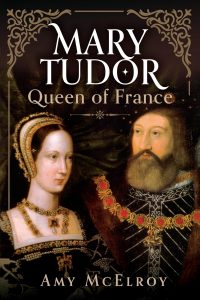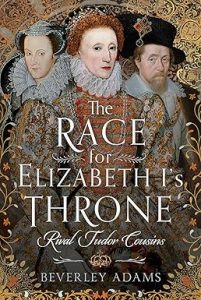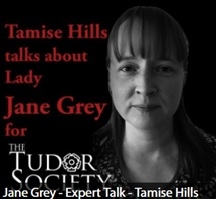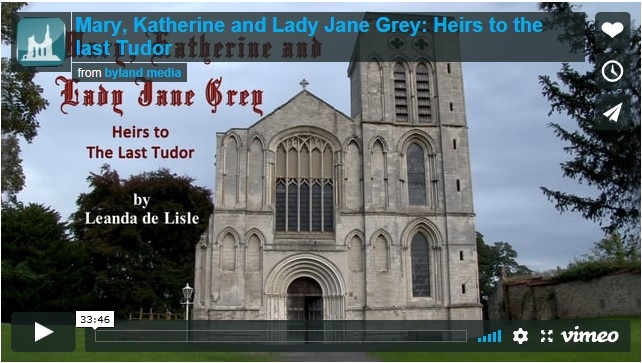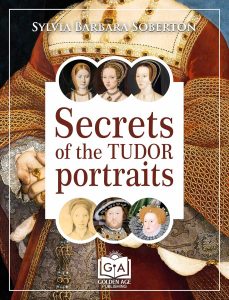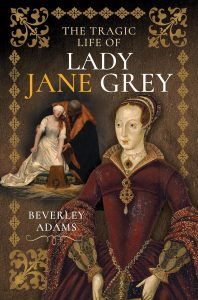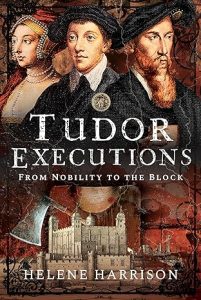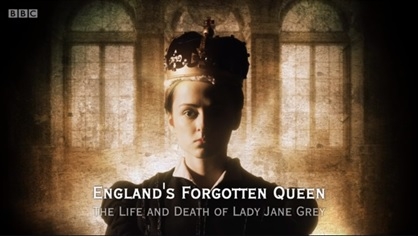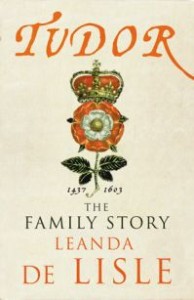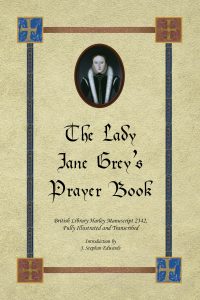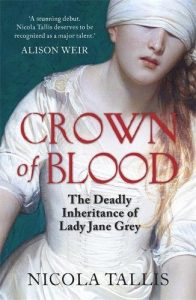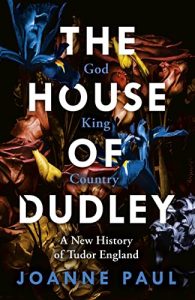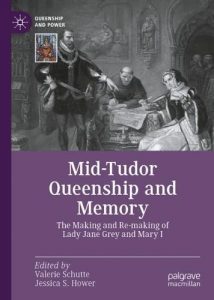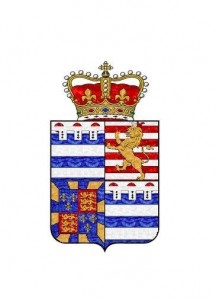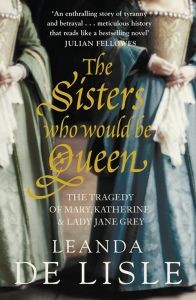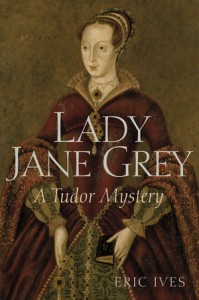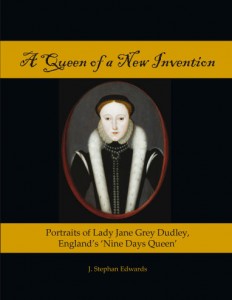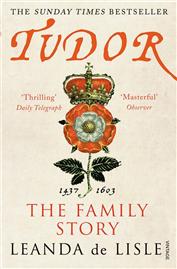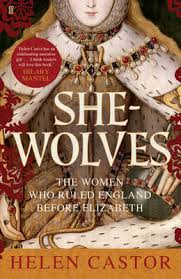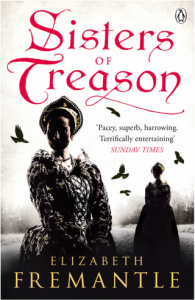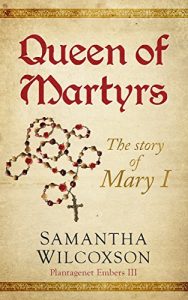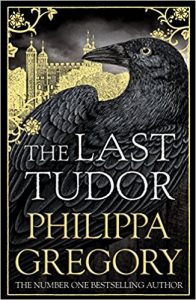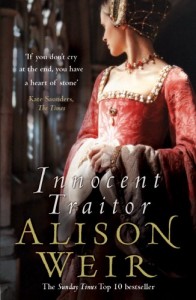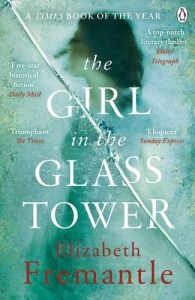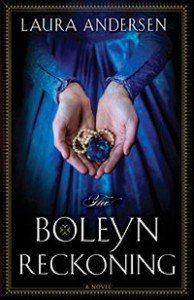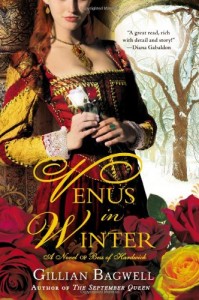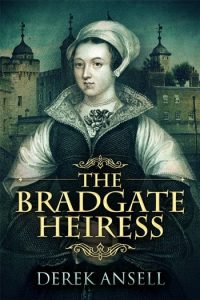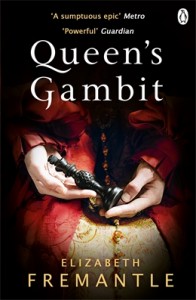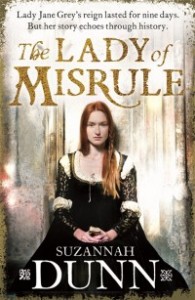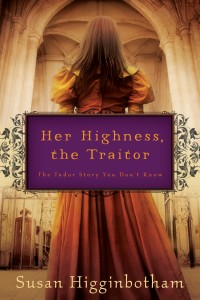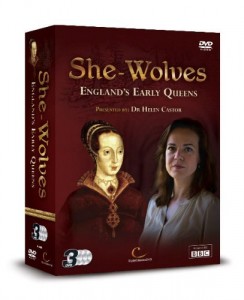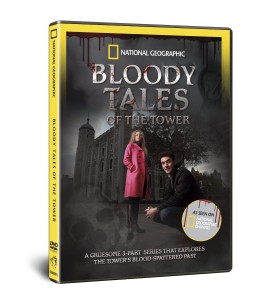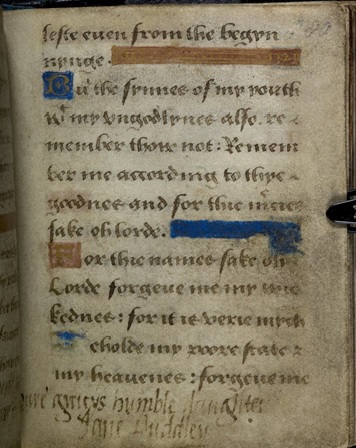23rd May 2013 – Elizabeth’s Bedfellows: An Intimate History of the Queen’s Court by Anna Whitelock
‘Elizabeth I acceded to the throne in 1558, restoring the Protestant faith to England. At the heart of the new queen’s court lay Elizabeth’s bedchamber, closely guarded by the favoured women who helped her dress, looked after her jewels and shared her bed.
Elizabeth’s private life was of public, political concern. Her bedfellows were witnesses to the face and body beneath the make-up and elaborate clothes, as well as to rumoured illicit dalliances with such figures as Robert Dudley. Their presence was for security as well as propriety, as the kingdom was haunted by fears of assassination plots and other Catholic subterfuge. For such was the significance of the queen’s body: it represented the very state itself.
This riveting, revealing history of the politics of intimacy uncovers the feminized world of the Elizabethan court. Between the scandal and intrigue the women who attended the queen were the guardians of the truth about her health, chastity and fertility. Their stories offer extraordinary insight into the daily life of the Elizabethans, the fragility of royal favour and the price of disloyalty.’
From Amazon.co.uk
Further details – Amazon.co.uk
Anna Whitelock
23rd May 2013 – Bosworth: The Birth of the Tudors by Chris Skidmore
‘The Battle of Bosworth has a legendary significance in British history. The last battle fought on English soil until the seventeenth century, and the last occasion that an English king would die on the battlefield, it was also the battle that brought an end to the dynasty of Plantagenet kings who had ruled since 1154, and heralded the birth of the Tudor dynasty. Yet the story of Bosworth is more than just the result of a few hours bloodshed on the battlefield. It is the culmination of the rise of the House of Tudor, a remarkable story which began fifty years earlier, when a page of Henry V’s ran off with his widow. It is the tale of the turbulent life of Henry Tudor, who, against the odds, rose from relatively humble origins and exile in France to overthrow the deeply unpopular Richard III. When this inexperienced young soldier landed in England in 1485 with 2,000 French mercenaries and a handful Lancastrian lords and knights, few could have predicted his campaign would end in with him seizing the throne of England. Drawing on a wide range of unpublished sources as well as new research that has only recently come to light, Chris Skidmore will disentangle fact from legend and relate the compelling story of the battle in full. BOSWORTH will also set the battle against the background of the storms of the Wars of the Roses, and paint a vivid portrait of this time of immense political ferment and social change.’
From – Amazon.co.uk
Further details – Amazon.co.uk

